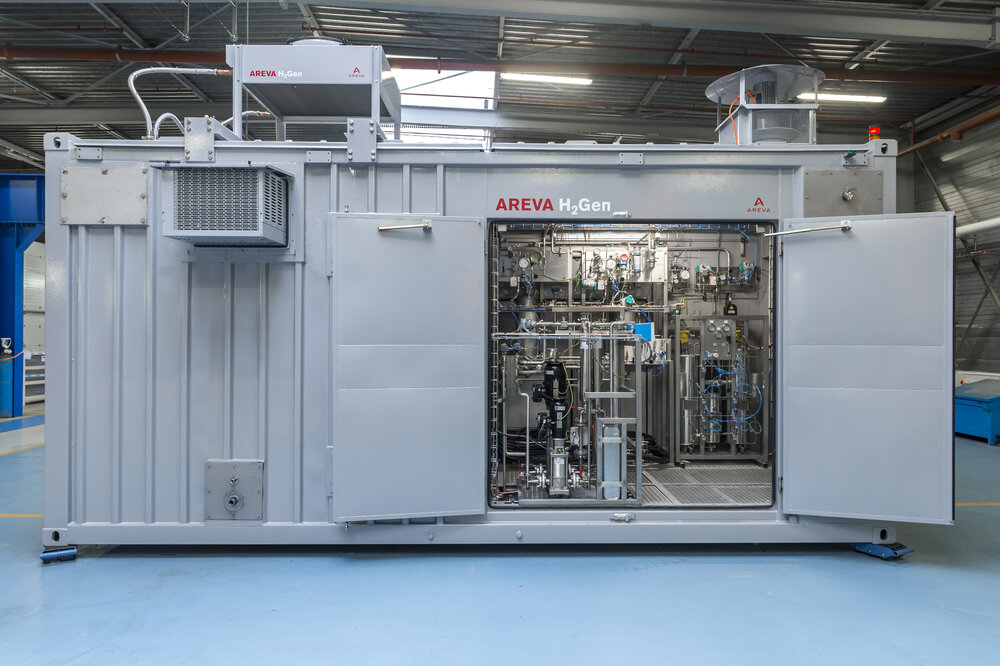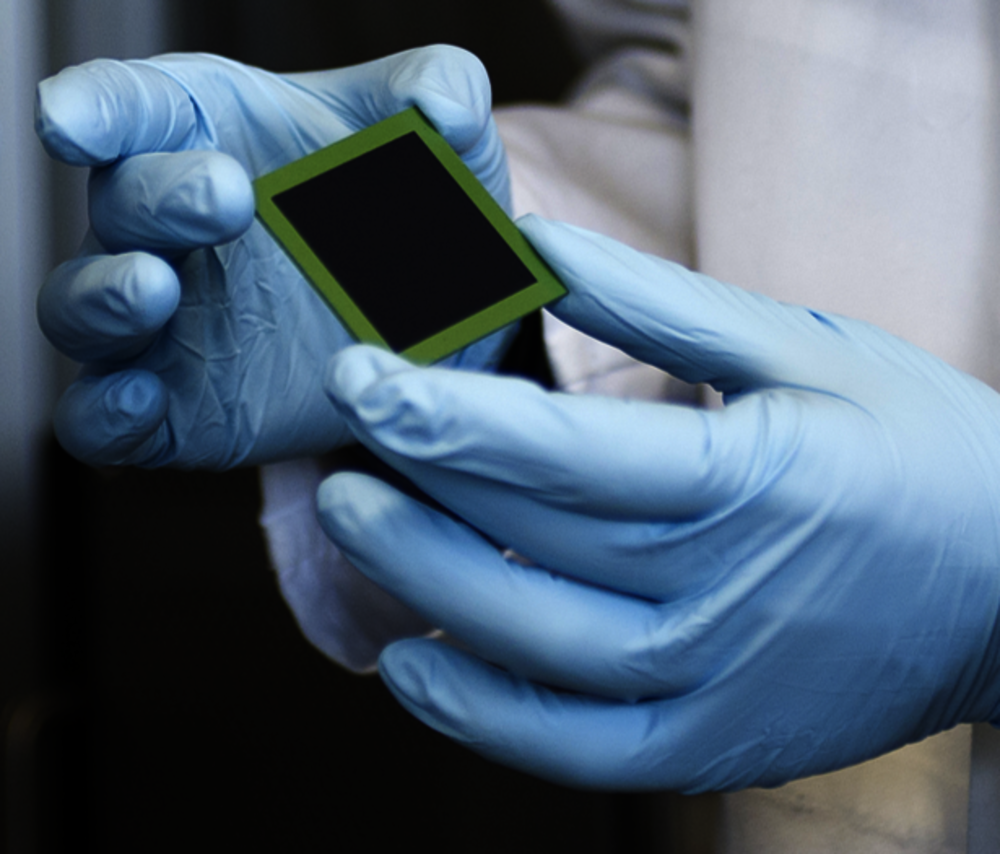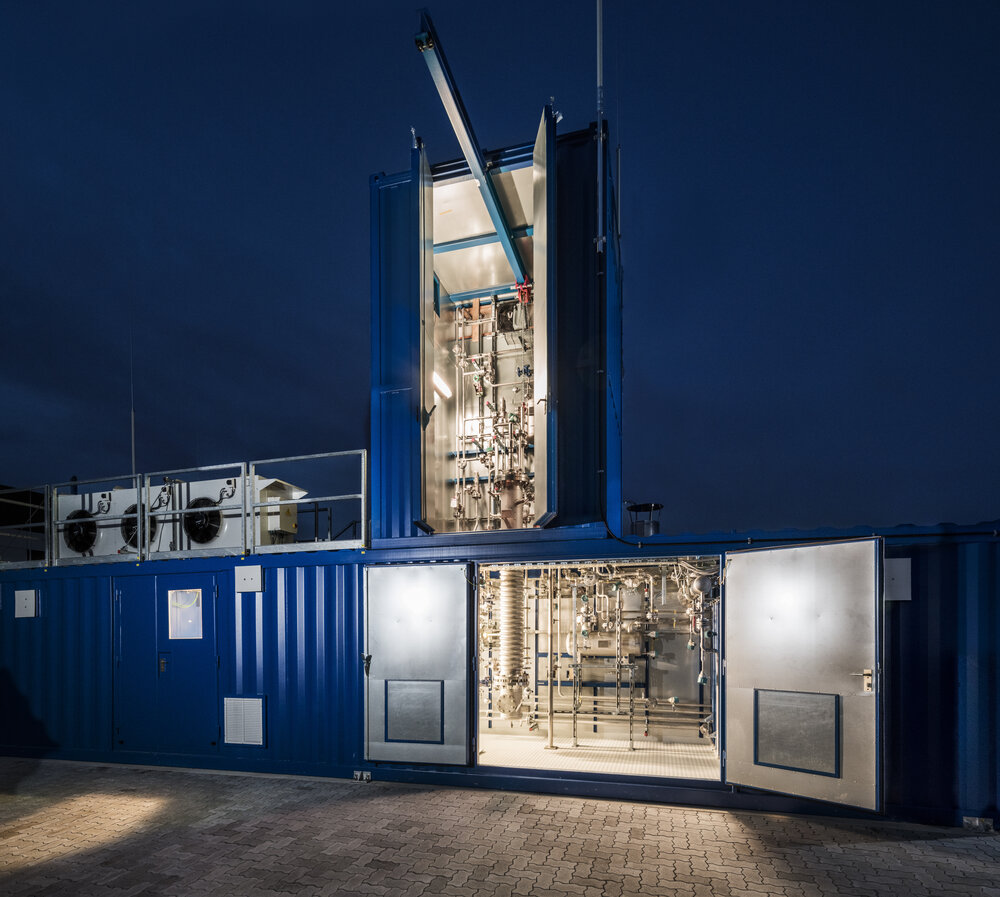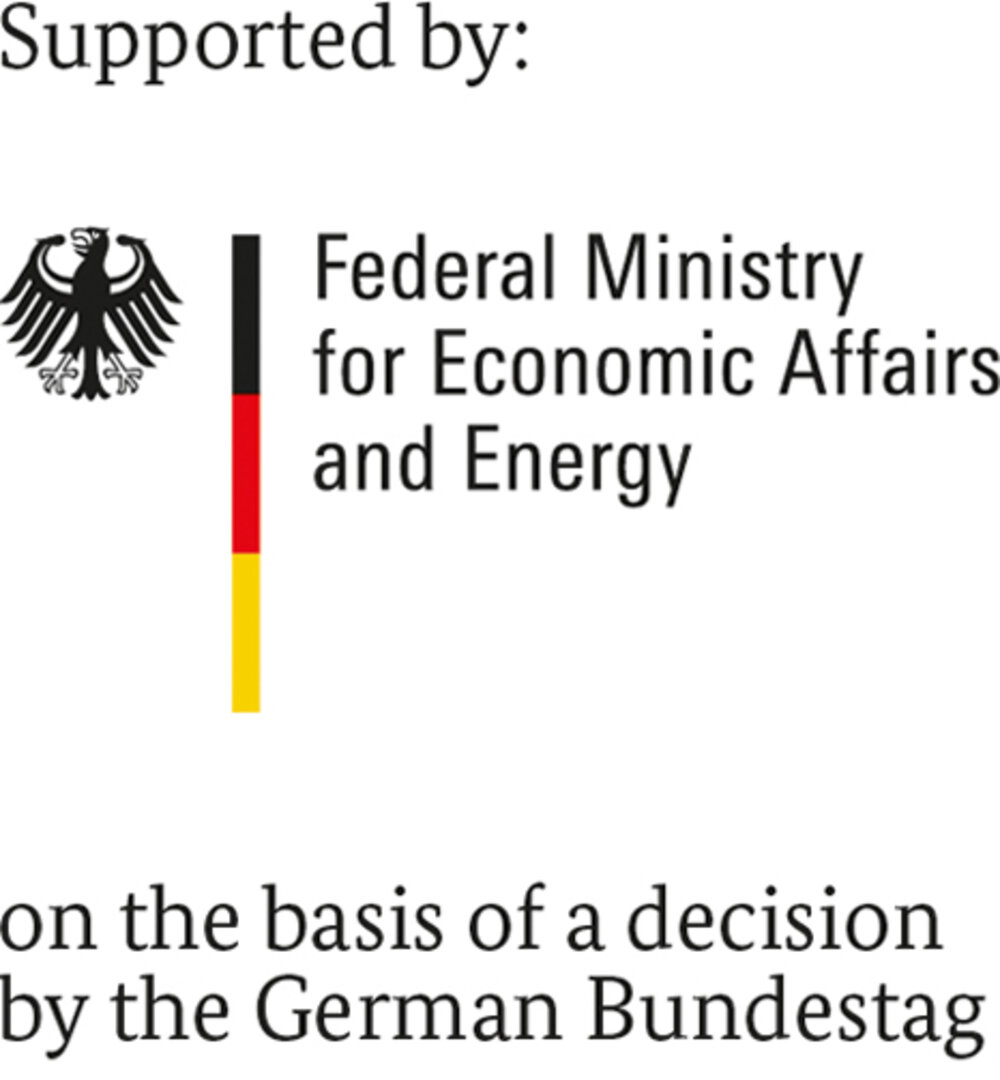MethFuel: Producing renewable methane efficiently and flexibly.
The MethFuel group has the task of taking a close look at the generation of methane from renewable sources (RE-methane). The future general introduction of RE-methane across the market will depend largely on how efficiently and cheaply it can be produced. Because the production chain for RE-methane still involves high costs, optimization of the power-to-gas (PtG) process remains the primary focus of the MethFuel group’s work. With this aim foremost, the nine group members are concentrating on component development for the key PtG technologies: water electrolysis, CO2 harvesting and methanation. New and advanced developments planned for these three key technologies chiefly relate to production equipment, energy and ecological efficiency and to improved plant operation concepts capable of coping better with the fluctuating nature of renewable energies.
The technological advances achieved by MethFuel, as compared with the current state-of-the art, will be assessed toward the end of the project. Separate evaluation of progress in the individual key technologies would be inadequate because only evaluation of an entire PtG process chain can reflect interactions between the individual technologies. This is why the work of the MethFuel group also covers conceptual approaches and the techno-economical evaluation of different PtG process chains.
Electrolysis
Electrolysis produces one of the two main constituents for the PtG process –hydrogen. For this reason, project participants are conducting experimental and theoretical investigations of a range of technologies for electrolysis (PEM, SOEC and AEM/seawater electrolysis).
Its particular characteristics make PEM electrolysis an important technology for the production of hydrogen. Its benefits include short, dynamic reaction times, small peripheral components, wide working ranges, high efficiency levels and extremely high levels of gas purity (up to 99.999%). The MethFuel group is developing innovative concepts for a significant increase in flexibility (around 25% as compared with current technological status). In concrete terms, the aim is to develop an operational pilot PEM electrolysis system with 1 MW nominal power and 200% overload capacity (up to 2 MW). Compared with a conventional 2 MW PEM electrolysis system, operation of the flexible pilot 1 MW PEM electrolysis system in the primary control energy market could increase rated full-load hours as well as significantly reducing investment costs for stack and balance-of-plant.
Work at Elogen focuses on the development and construction of the overload-resistant PEM electrolysis stack and is supported by parallel research conducted at the Fraunhofer ISE and development of the overload-capable system. iGas energy is responsible for development and construction of the system overall. Operational testing of the flexible 1 MW PEM electrolysis pilot system will be carried out by Infraserv Höchst at the Chemiepark Höchst facility with the support of Elogen and iGas energy.
High-temperature electrolysis takes place at significantly higher temperatures (750 °C to 850 °C) than PEM and conventional alkaline electrolysis. The water therefore has to be fed in as steam before electrolysis can take place in solid oxide electrolysis cells (SOEC). These have superior kinetic characteristics as well as a lower electric energy requirement although additional energy is needed for water vaporization upstream of the SOECs. The thermal process energy needed to generate the steam can be produced by coupling with exothermic methanation within the RE-methane generation chain. Estimations indicate that in this way, the efficiency of PtG processes can exceed 80%. So far, however, only smaller-scale test plants up to approx. 100 kW and with lower efficiency levels have been tested.
Project partner ElfER is lab-testing SOEC cells from various manufacturers in order to optimize the operation of large SOEC plants and experimental results are being used for cell modeling at the Karlsruhe Institute for Technology (ITCP). Numerical simulation is then used to optimize cell operating conditions. The results will provide a basis for developing a stack model for integration in the PtG model developed by ElfER for RE-methane production and this will facilitate propositions on optimum operating conditions.
At 2.5% of global reserves, stocks of fresh water vital for electrolysis are extremely limited. The ability to use seawater as a resource in the long term would therefore represent a huge advantage and would enable the production of regenerative hydrogen directly on-site at offshore wind farms using seawater electrolyzers. The salt-content of seawater, the foreign ions released and the concomitant competing reactions mean that seawater electrolysis is extremely difficult and so far it has remained largely unexplored. For this reason, in the context of MethFuel, a feasibility study is to be carried out at the Technical University of Berlin (ECEMS). This will involve investigation of the influence of various membranes, commercial catalyzers and porous carrier layers as well as pH-value and salt concentration, in particular with regard to the degradation behavior of components. These investigations will ultimately facilitate the development of a durable and thus economically feasible electrolysis cell.
Within the framework of MethFuel, KIT EBI ceb in Karlsruhe and the Research Center of the German Technical and Scientific Association for Gas and Water (DVGW) are also investigating the harvesting of CO2 from CHP plant exhausts and from air by means of a gas scrubbing process that employs ionic liquids. Ionic liquids exhibit negligible vapor pressures and can thus be brought into contact with larger gas flows without problems. Whilst conventional processes require the scrubbing medium to be heated to high temperatures to re-release the dissolved gases for continued processing, with ionic liquids the gas phase can simply be pumped off via the scrubbing medium so that the CO2 contained can be released for further use. This uses far less energy than heating and can achieve more than 50% energy savings as compared with conventional methods.
In the case of CO2 production from CHP plant exhausts, the process can be implemented as described using ionic liquids by means of pressure swing adsorption. Harvesting CO2 from ambient air poses a further challenge because of the extremely low concentration of CO2. Whilst the CO2 will dissolve in the scrubbing medium, pressure reduction is not enough to achieve degassing again and moderate heating of the scrubbing medium is needed. Nevertheless, compared with the latest status of conventional technology, this process still reduces energy consumption as only the scrubbing medium (not the entire equipment set-up) needs to be heated.
Using pressure swing adsorption for both cases also means that the same plant can be used to harvest CO2 alternately from both sources. This creates synergies where the approach is employed in PtG process chains. Partners in the project are also conducting fundamental experimental investigations based on a process-modeling approach where the model is validated in mini-plant trials and subsequent up-scaling to appropriate plant dimensions is possible.
Methanation
Because methanation is a highly exothermic reaction, the overriding challenge for the design and operation of a methanation reactor is to ensure efficient heat dissipation. Additionally, with PtG processes in particular, inconsistencies in the supply of eco-power result in load profile fluctuations and, in the case of conventional methanation reactors, these have (so far) not been studied in depth. In order to identify solutions for the particular challenges posed by the dynamic operation of catalytic reactors, for some years now KIT EBI ceb has been developing concepts for three-phase reactors as well as carrying out experimental and theoretical research in the field. In the context of MethFuel, investigations are being conducted with a bubble column reactor capable of highly dynamic operation as a methanation reactor where solid catalyzer particles are suspended in a fluid heat transfer medium. This facilitates simple monitoring of reactor temperatures because the three-phase system is far more conducive to significantly improved heat dissipation than is the case with conventional reactor concepts. The reactor itself involves a very simple construction and is consequently cost-effective in terms of manufacture, operation and maintenance.
A further MethFuel program is concerned with testing the dynamic capabilities of three-phase methanation by means of demo-plant experiments involving varying load cycle rates. The program generates valuable data for theoretical description and for ongoing scale-up processes and the work is supplemented by experimental investigation into catalyzer stability and the influence of dynamic operation on gas-product quality using lab apparatus.
Unified comprehensive approach
To evaluate the combined benefits of optimized individual technologies, project partners use an iterative process to input key characteristic values for core technologies into the overall view of PtG process chains. All significant factors, including, for example, fuel quality dependent on investment and operating costs, are continuously shared with the other MethQuest groups to ensure that support for their work is application-oriented.



